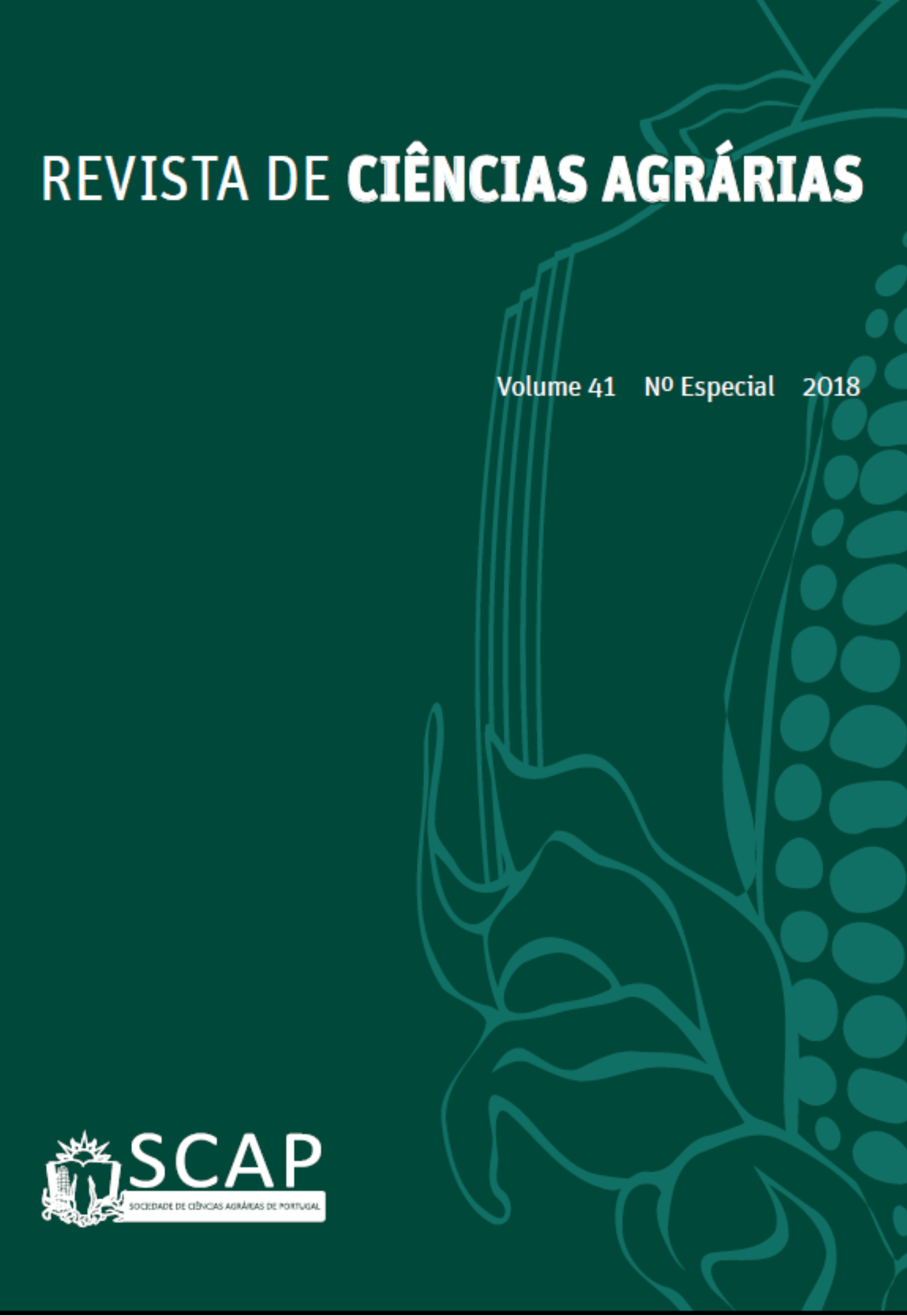Interactions between fungi associated with black-foot disease and esca disease complex of grapevine
DOI:
https://doi.org/10.19084/rca.17070Abstract
Many of the fungi involved in black foot and esca complex diseases of grapevine occur on the same plant, but the interactions between them are poorly understood. In vegetative propagating material and young vines, fungi involved in Petri disease (e.g. Phaeomoniella (Pa.) chlamydospora and Phaeoacremonium (Pm.) minimum) and black foot disease (e.g. Ilyonectria liriodendri and Dactylonectria macrodidyma) coexist frequently. On the whole these fungi are responsible for the decline of young vines. In adult vines, they are frequently associated with basidiomycetes, namely Fomitiporia mediterranea, responsible for the symptom of white rot of the wood, characteristic of the esca disease. The aim of the present study was to clarify how fungi responsible for Petri disease and black foot of grapevine interact in vitro and also with F. mediterranea. The results indicate that the mycelial growth of I. liriodendri and D. macrodidyma is significantly favoured by Pa. chlamydospora and Pm. minimum. The fungus F. mediterranea, initially favoured by Pa. chlamydospora and Pm. minimum, is subsequently inhibited by Pm. minimum, but not by Pa. chlamydospora.


